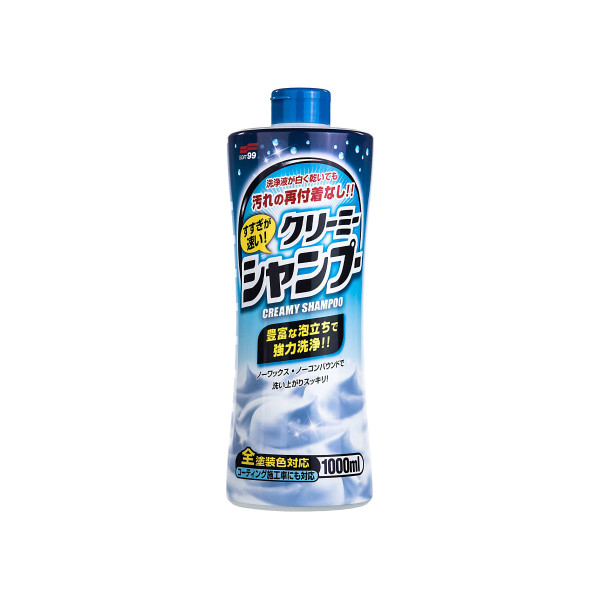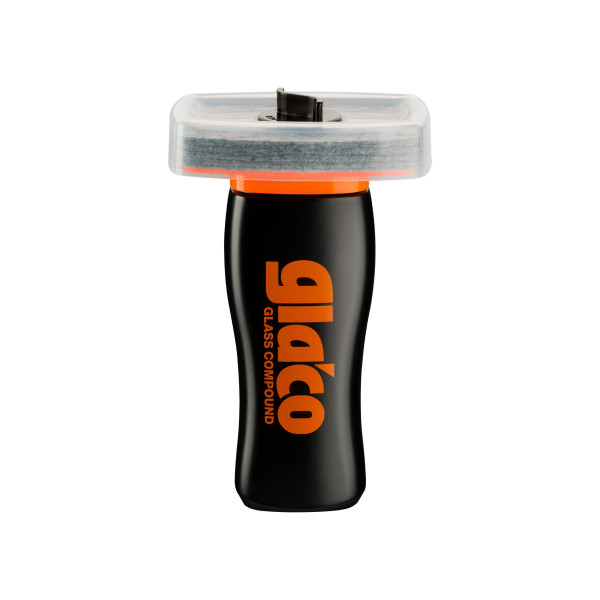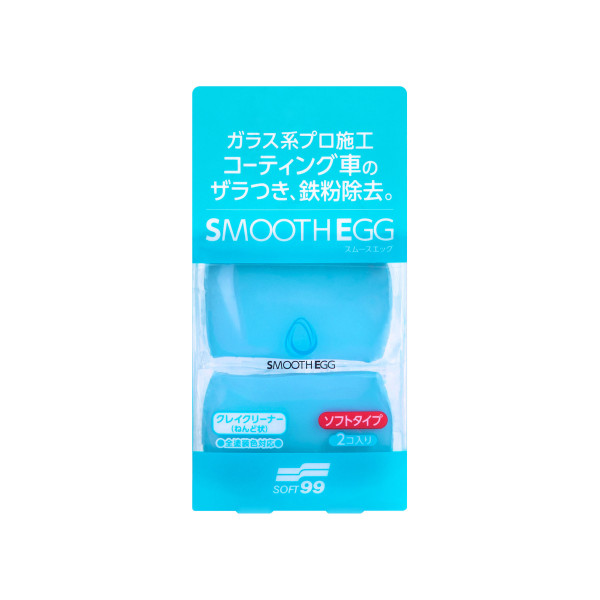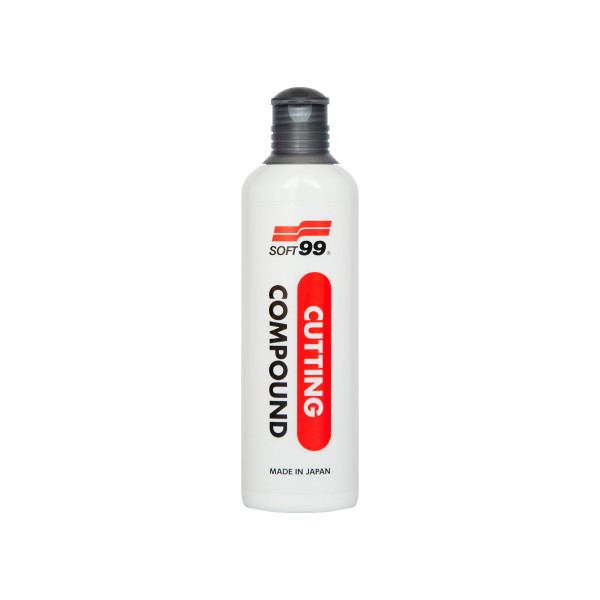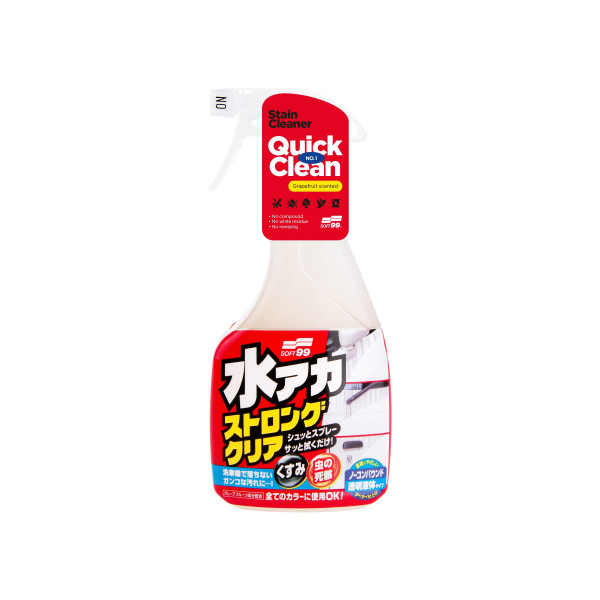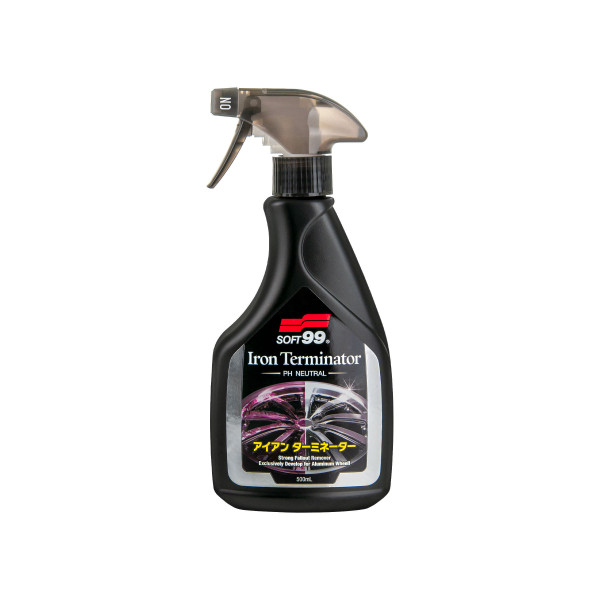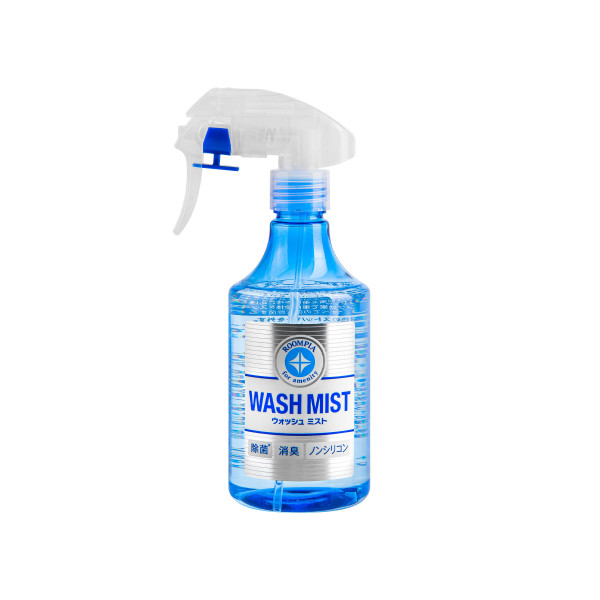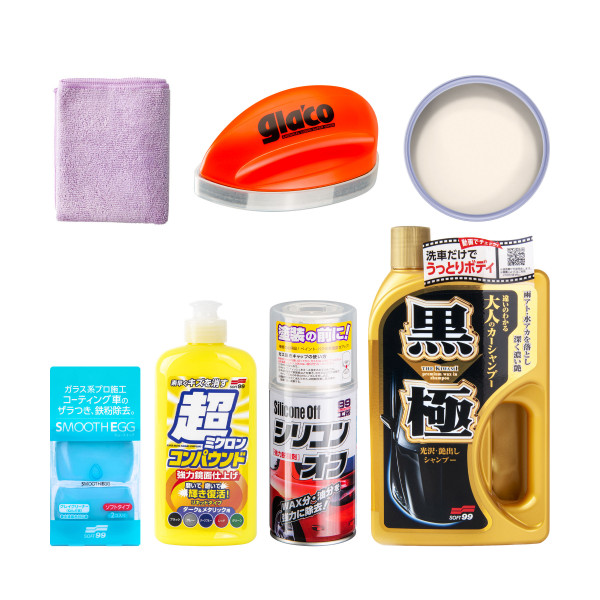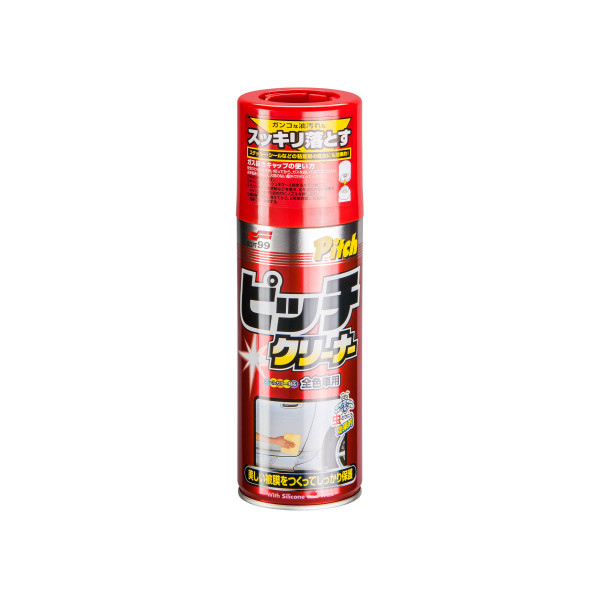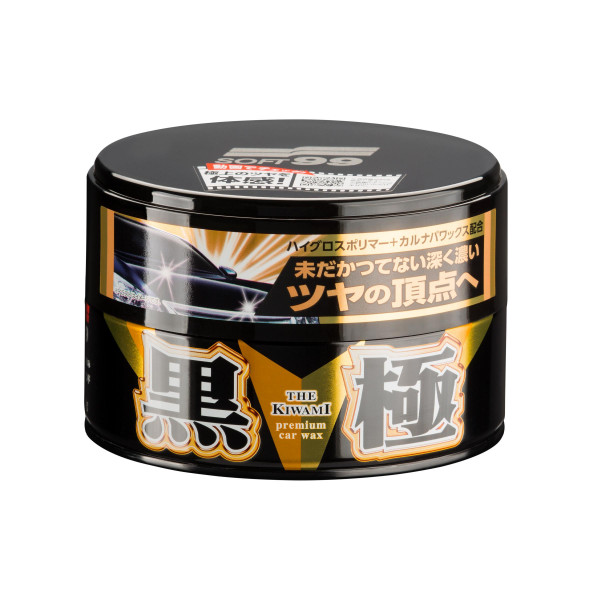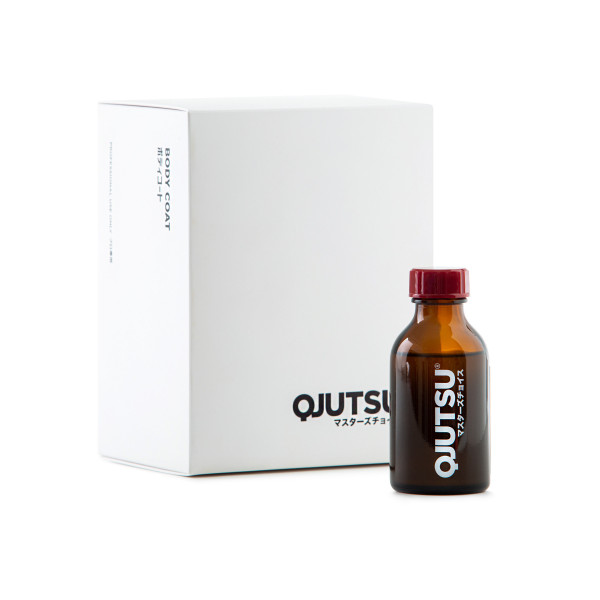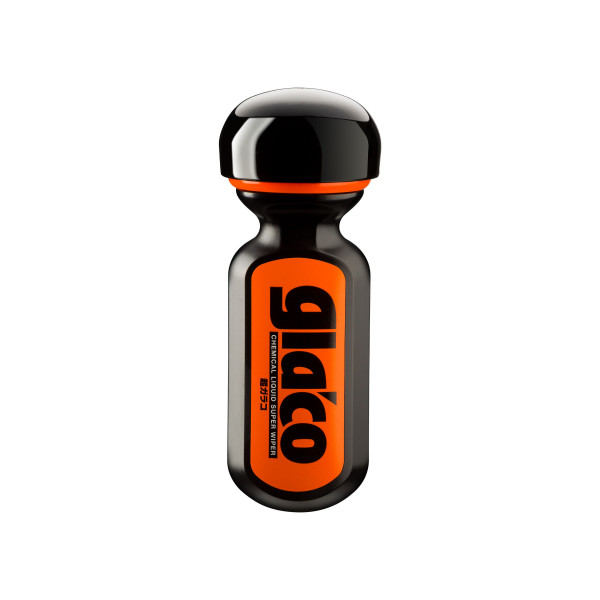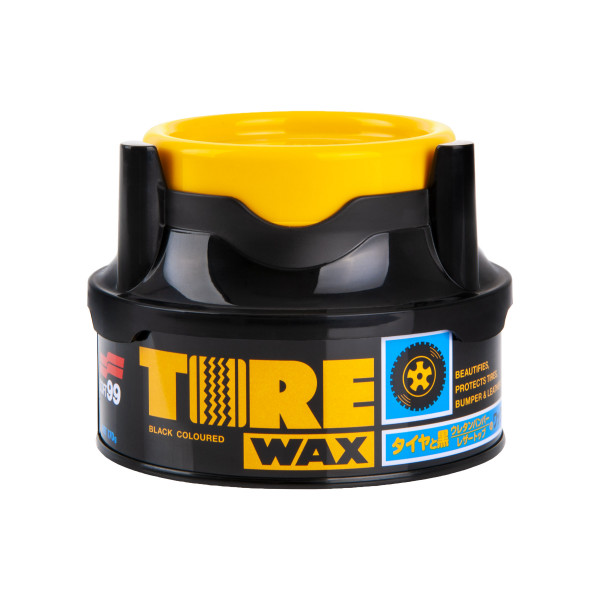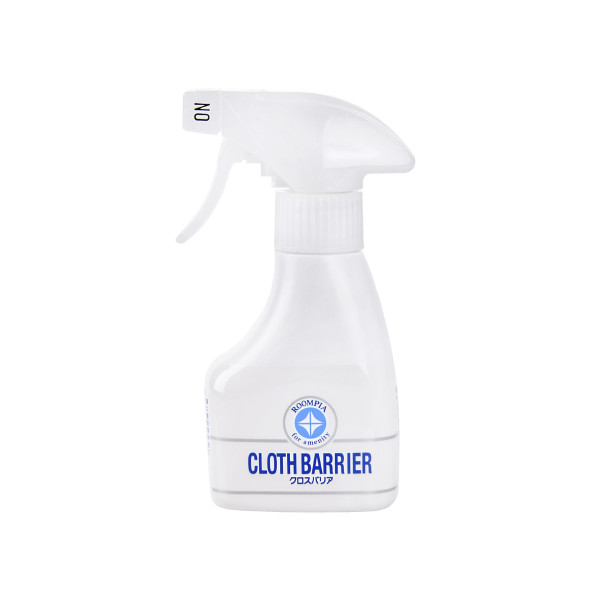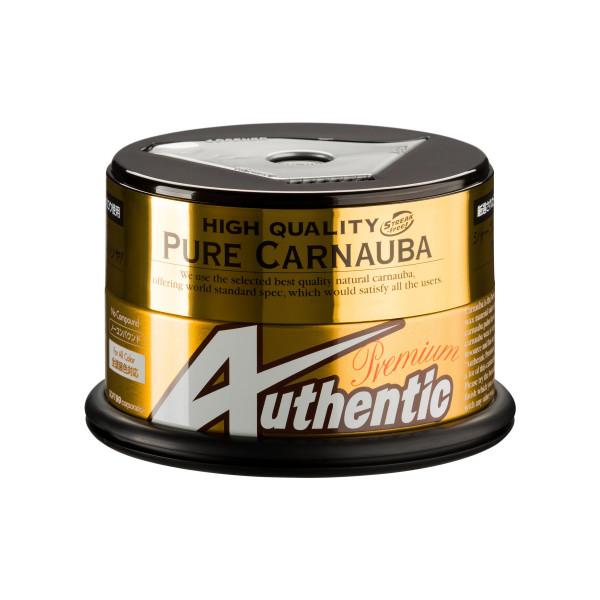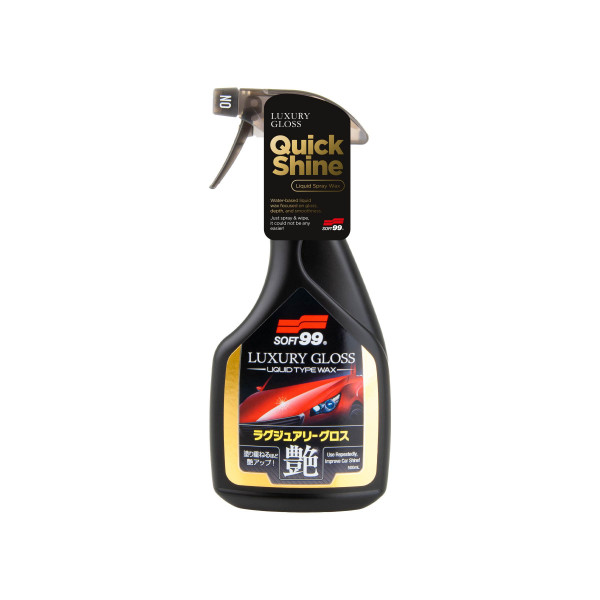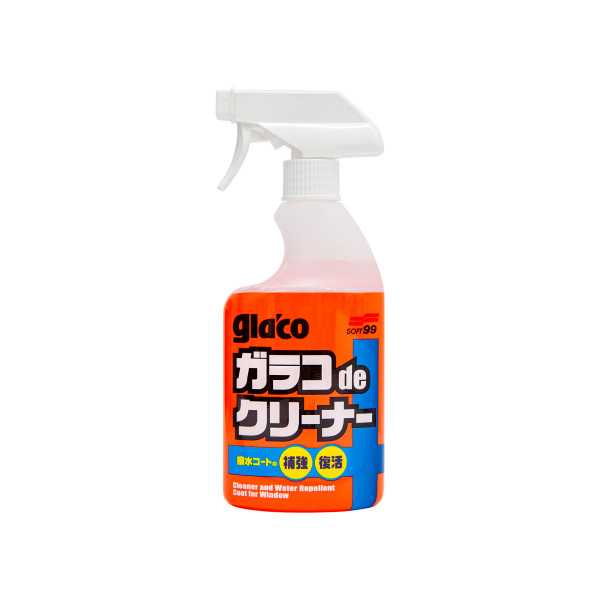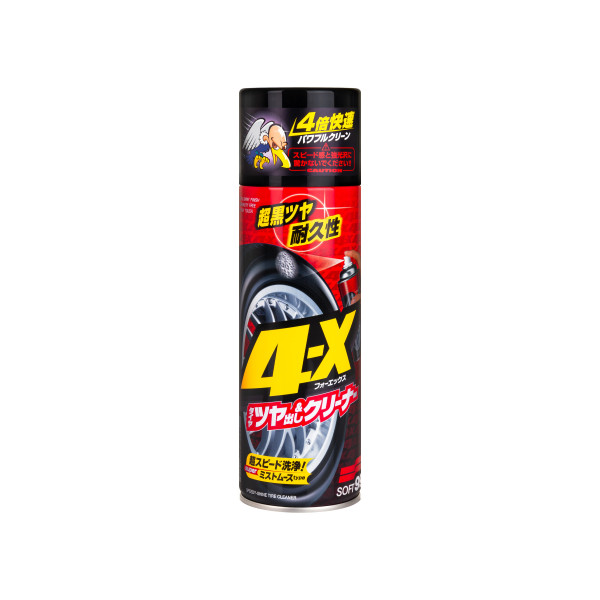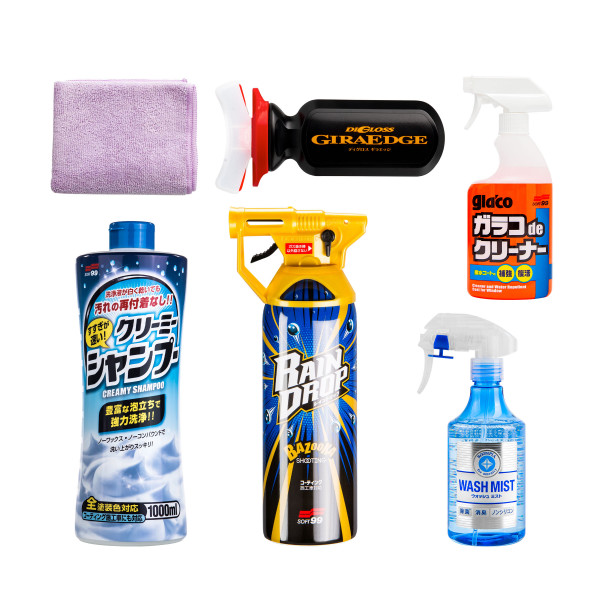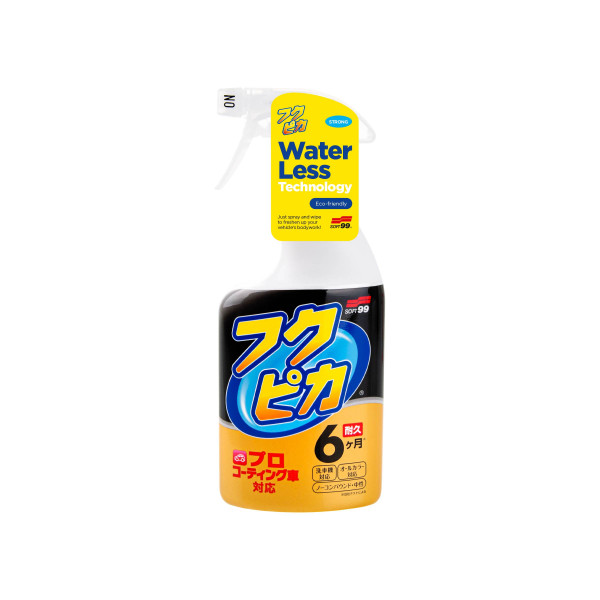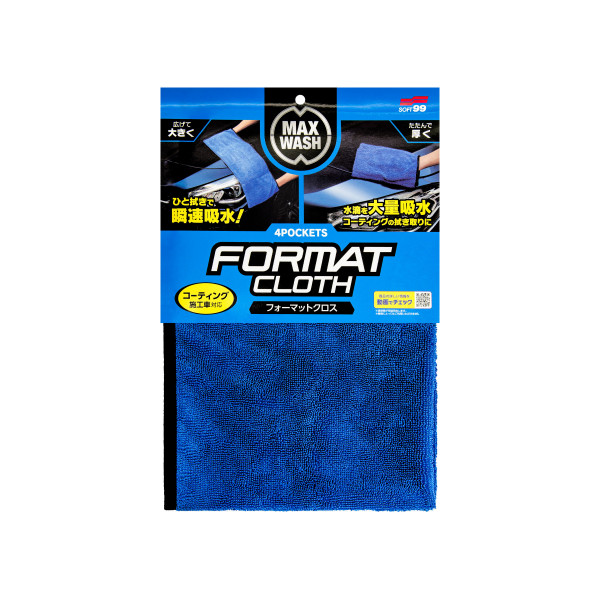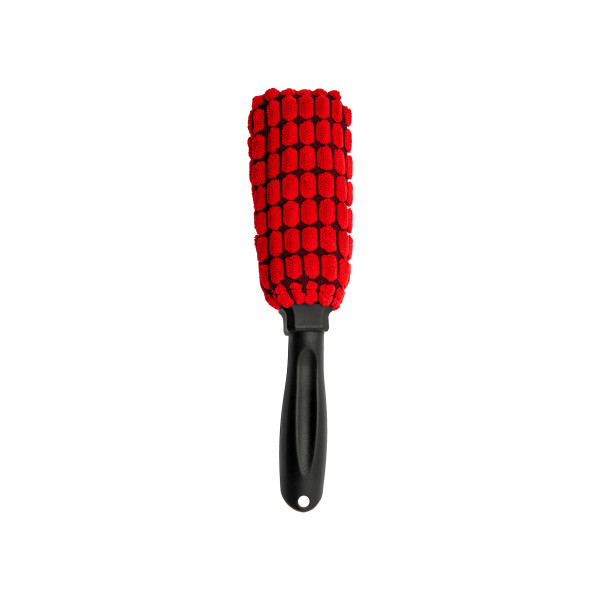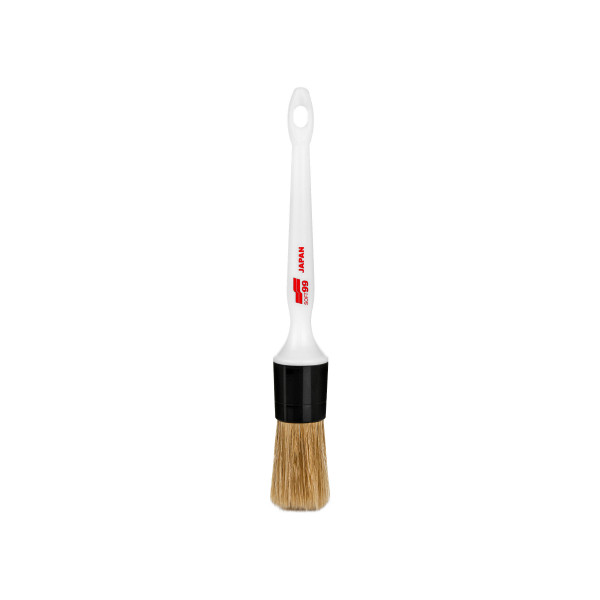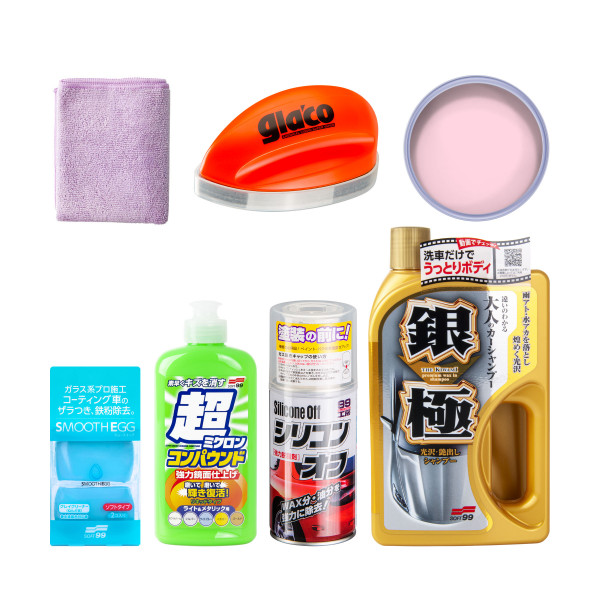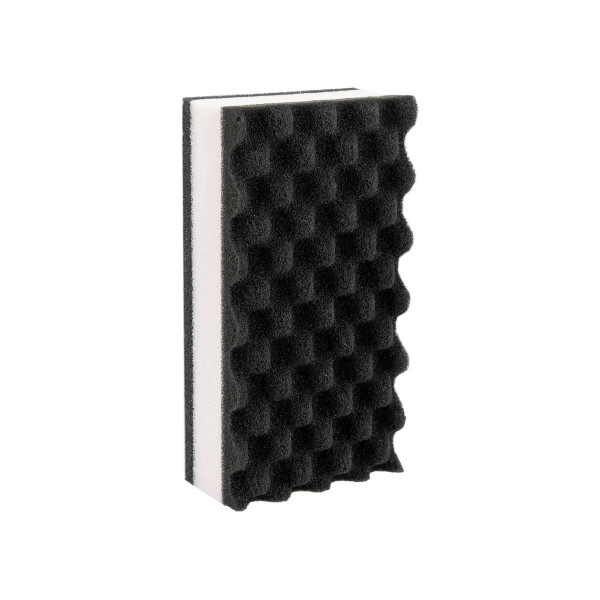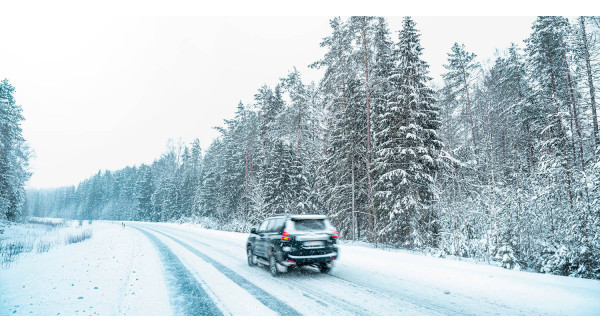- No product items
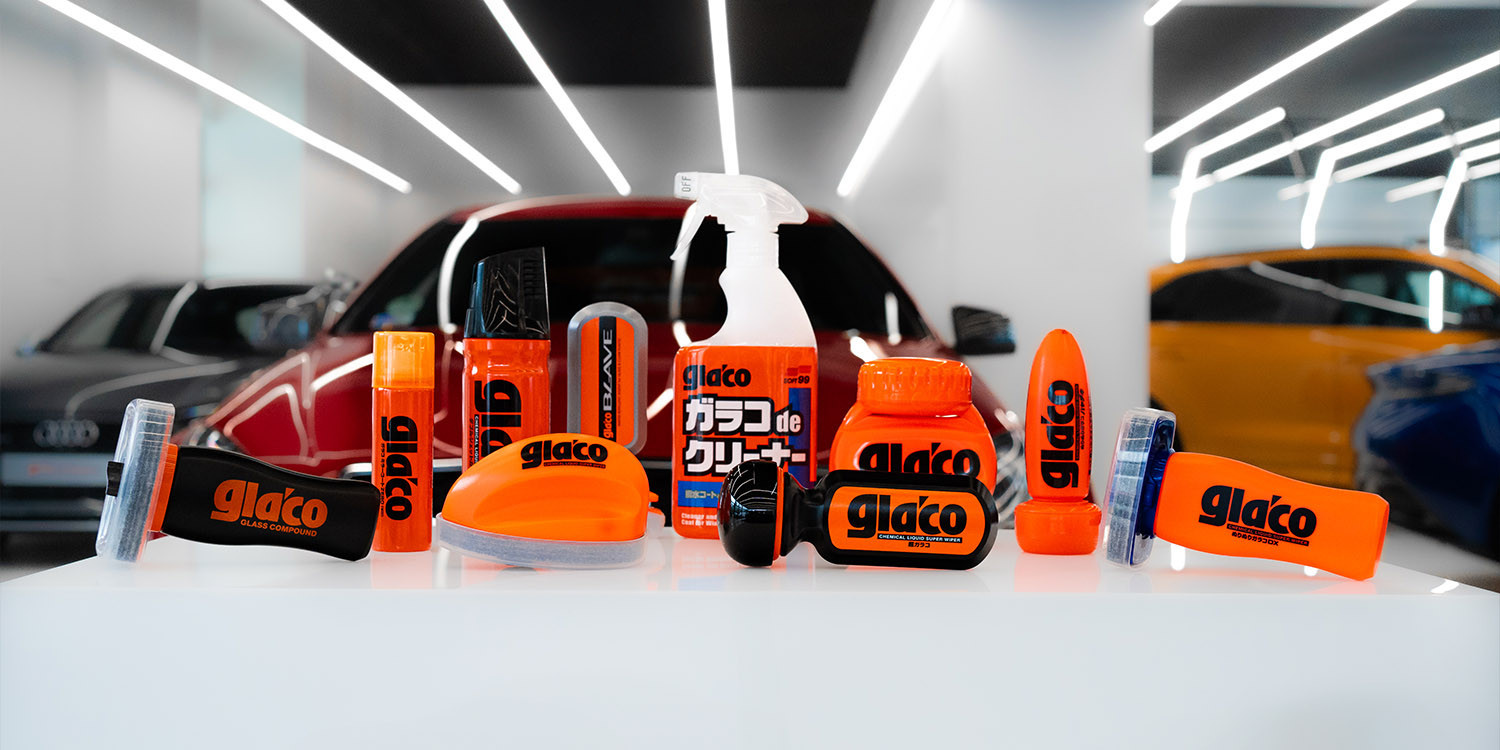
Glaco's magic in practice: How do hydrophobic coatings work?
Water flows down, escapes, is sometimes repelled, and at other times, it is shed. The phenomenon of hydrophobicity is known by different names, but do you know how this thing really works? Today, we take you into the world of Glaco, where we will try to explain all the secrets of the magical effect associated with the Japanese glass coatings. We will also share some tips for those who want Glaco to work even better.
The history of these orange glass coatings began quite differently than one might think because Glaco was not created for cars but for… airplanes! Pilots needed better visibility in harsh conditions, and so, in 1990, the first hydrophobic solution for windscreens was introduced to the market by Soft99.
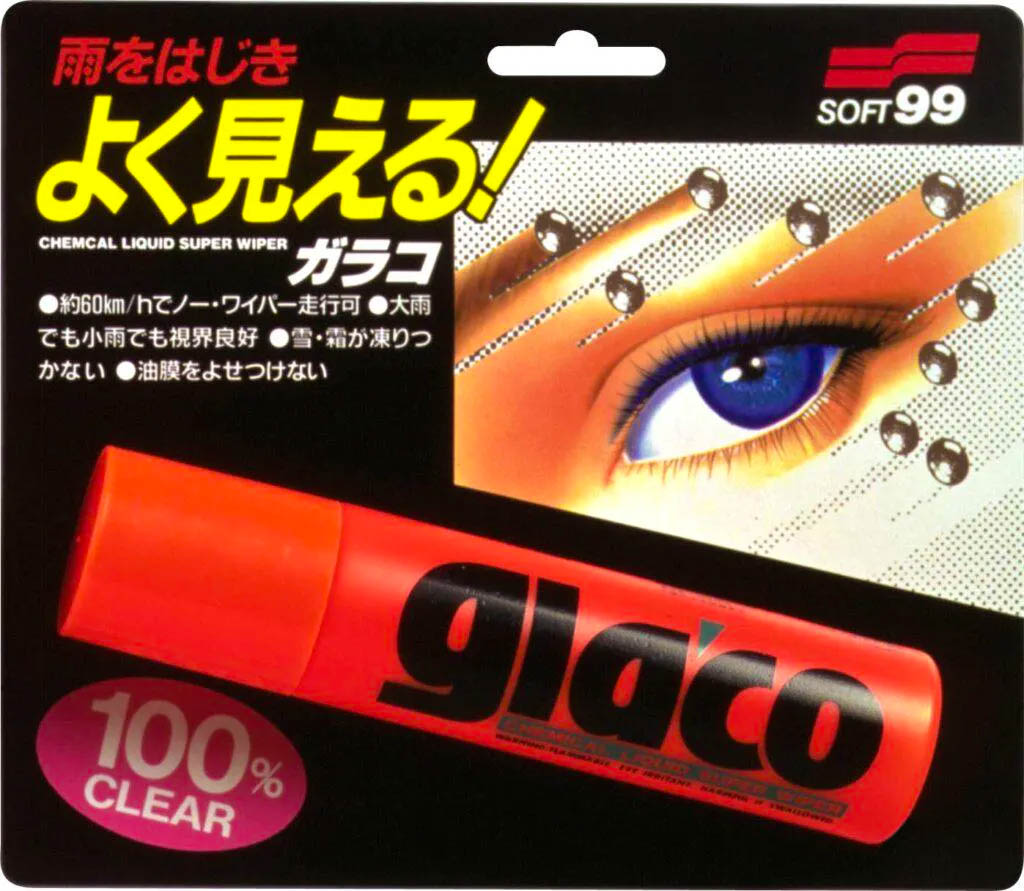
It did not take long for this technology to reach drivers. By 1991, the first motorists were holding Glaco in their hands, ready to apply it to their car's windscreen, making the magical effect widely accessible. But how does it actually work?
It’s not magic, it’s chemical perfection
Is glass smooth? It may seem so, but in reality, it is a porous material. When you zoom in, you can see hundreds of thousands of microscopic indentations on its surface. This means that unprotected glass effectively retains water on its surface, and over time, these pores fill with deposits, dirt, and an oily road film. The secret of Glaco is to effectively fill the pores of the glass and perfectly smooth the surface.
Once glass is treated with Glaco, water runs off the glass effortlessly due to gravity, and while driving, droplets are literally blown away by the wind. Glaco also reduces the contact area of droplets with the glass surface, further facilitating the process. Want to see it in action? Notice how perfectly round the water droplets are after applying Glaco! And speaking of dirt repellency, that’s just as important as water protection.
Preparation is key
Will waxing a dirty car make it shine? Absolutely not, and the same applies to putting Glaco on an unprepared windscreen. Even the best coating won’t perform well on a dirty, greasy windows full of stubborn deposits. The coating's effectiveness will be diminished or even unnoticeable, and its durability will be significantly shorter.
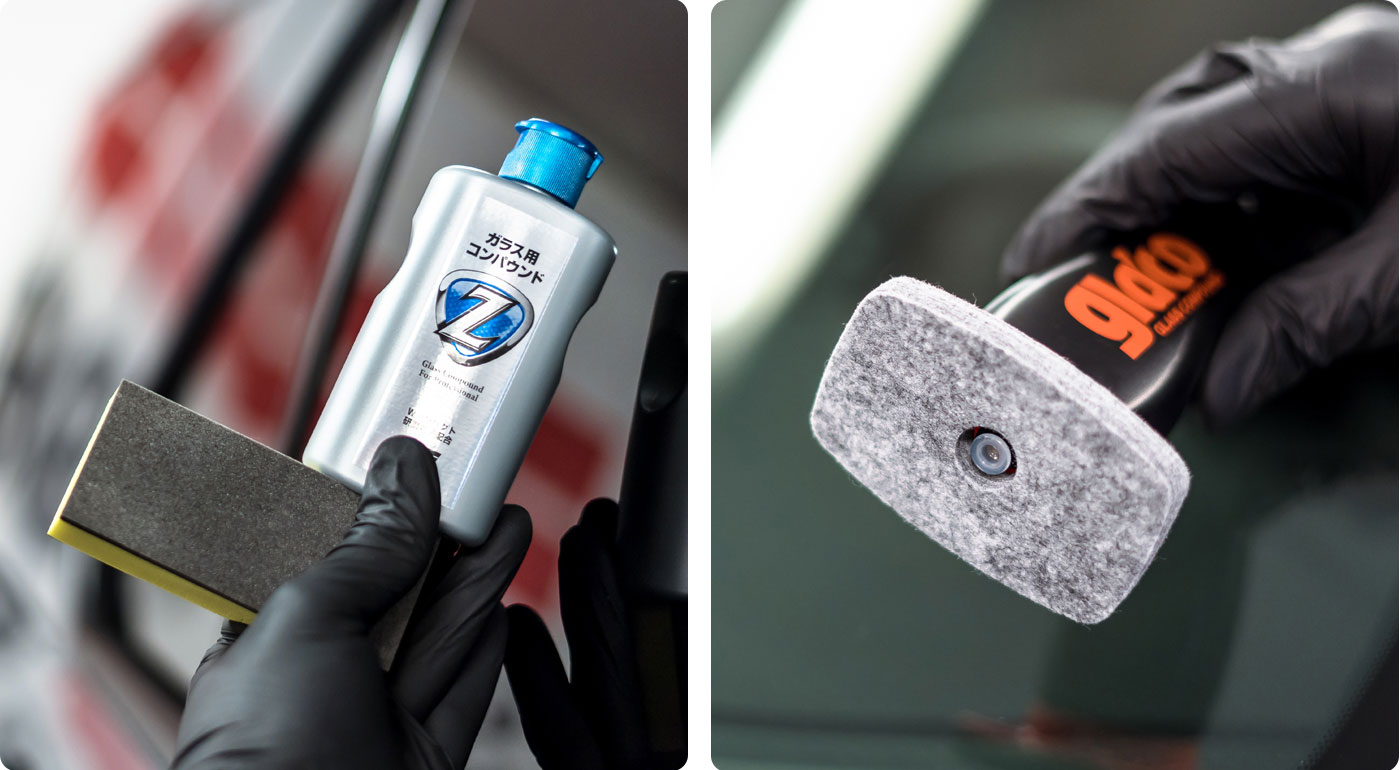
Proper and thorough cleaning of the glass is essential. Forget about degreasing with alcohol, polishing pastes, glass pastes, and other home remedies. They are either insufficient or require professional expertise. For this task, it's best to use something much simpler and more effective. What’s that? Glaco Compound Roll On or Compound Z! A special blend of chemical and abrasive substances based on cerium oxide removes everything unnecessary from the glass surface in one step, including years of scale build-up and deposits! Everything you need comes included in the package.
Skipping steps isn’t worth it: wiper judder and other issues
If you skip the preparation step, there is a high chance that Glaco won’t meet your expectations. Lack of performance at low speeds? The effect disappearing after a few days? Or maybe the dreaded issue of wipers juddering during driving?
The latter is usually due to improper glass preparation. When applied to an unprepared surface, Glaco coats it unevenly and unpredictably alters its properties. A wiper blade operating under such conditions encounters varying resistance, causing it to jitter. If you add worn-out wiper blades to the mix, the issue becomes almost inevitable. How can you fix this?
- Preparation: thoroughly prepare the glass using Glaco Compound Roll On or Compound Z. If you need to make sure that dirt is gone, repeat the process twice.
- Proper technique: reapply Glaco carefully, ensuring every part of the windscreen is covered. The criss-cross application method offers better coverage. Check out our video guides if you need help.
- Good, fresh wipers: replace your wipers with new ones. Experts and manufacturers recommend changing them every six months, ideally at the transition between winter and summer. If you drive a lot, you may need to do this even more frequently.
- Glaco on the wiper blade: in some cases, wiping the wiper blades with Glaco can help – simply touch and slide the applicator along the rubber part of the wiper blade. Alternatively, apply Glaco to a clean microfibre cloth by gently squeezing the bottle, and then run the microfibre along the wiper blade.
- Wiper mechanics: finally, ensure that the metal arms of the wipers are not bent or misaligned, and check that the wiper mechanism is sufficiently tight (but not too much!).
Glaco can do much more!
Hydrophobicity is not Glaco’s only strength, and you can benefit from its many advantages all year round, even in dry and hot summer weather. How is that possible? The coating acts as a shield for your windows. In the rain, it repels water; in winter, it reduces frost and ice adhesion; and in summer, it makes it easier to remove insect remains, bird droppings, and tree sap. Some tools will become less necessary – wipers won't need to work as much in the rain, you won’t always need an ice scraper in winter, and in summer, a pressure washer will be enough to restore the cleanliness and clarity of your windows.
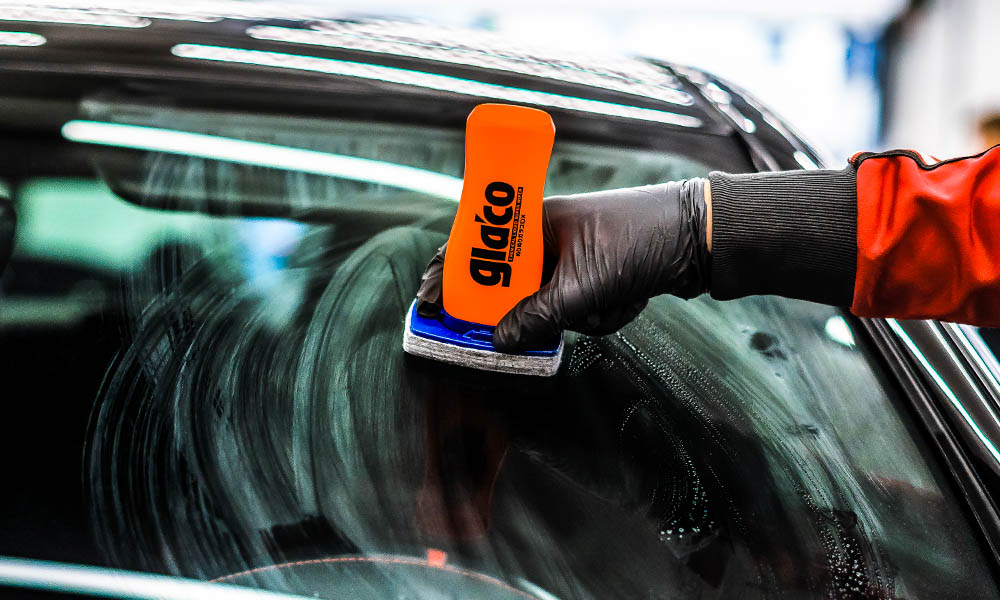
Let’s not forget the invaluable impact of clean, dirt- and water-repellent windows on driving safety and comfort. A regularly cleaned windscreen remains clear in all conditions, which is especially beneficial at night when oncoming vehicles' headlights won’t illuminate deeply embedded dirt, obstructing your view. This is why we are proud to pioneer the discussion of Glaco and glass coatings in terms of road safety.
Whether you are a fan of clean cars or value comfort and visibility while driving, enjoy the power of Glaco and see how much simpler a driver’s life can be!


